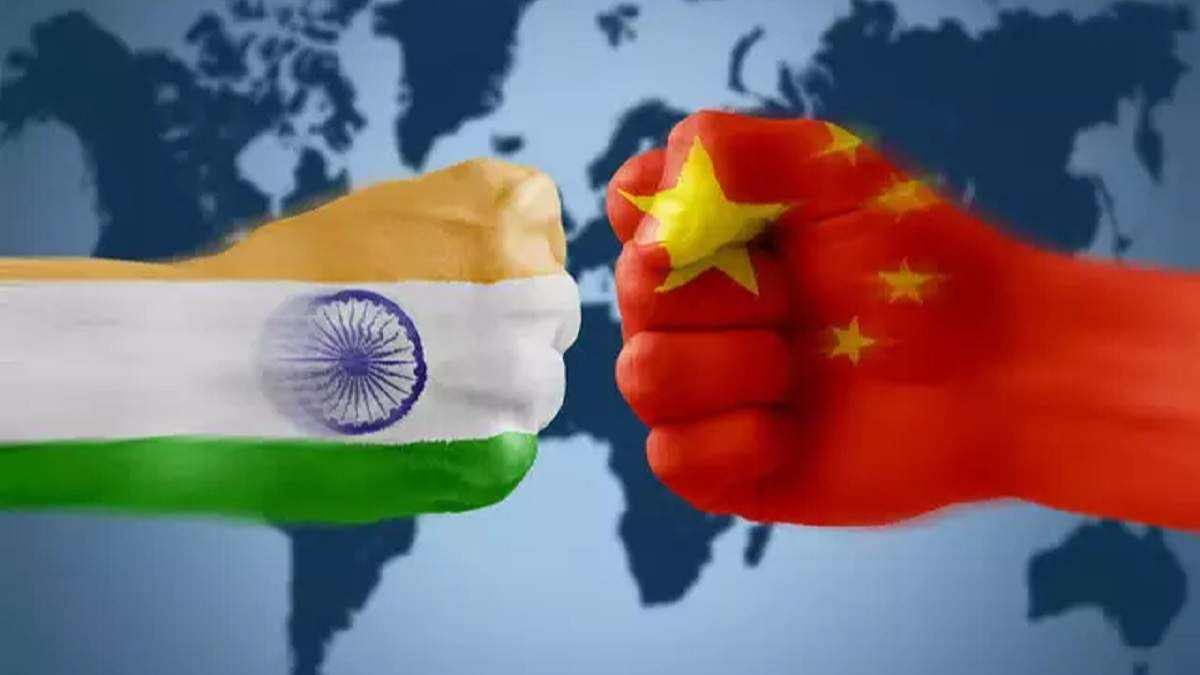


Despite holding a series on talks to deescalate the tense situation at the Line of Actual Control (LAC) in eastern Ladakh, if reports are to be believed, China’s People’s Liberation Army (PLA) is busy ‘fortifying’ its position along the undemarcated borders with India.
Stratfor Worldview research has listed a sharp increase in new Chinese facilities along the LAC in 2019-20. A report by Sim Tack revealed five new Chinese surface-to-air missile (SAM) sites, three airbases, one electronic warfare station and five heliports (construction of four only commenced after the Galwan crisis).
Tack’s research asserted: “China’s construction drive projects a future military capability that will see longterm regional tensions with India sustained beyond the two countries’ recent standoffs. The 2017 Doklam crisis appears to have shifted China’s strategic objectives, with China more than doubling its total number of airbases, air defense positions and heliports near the Indian border over the past three years. The rapid expansion of permanent Chinese military infrastructure points to intentions that span a wider timeframe than current and recent border standoffs.”
The Stratfor article continued, “China’s strategy aims to confront India with an insurmountable challenge in territorial disputes by leaning on broad support capabilities that provide Beijing with a tremendous ability to mobilise forces into disputed border areas. Such an approach is similar to China’s strategy in the South China Sea, where a build-up of permanent defense facilities supports Chinese localised military superiority and significantly raises the potential cost of military opposition to Beijing’s maritime claims in the region. In applying this same strategy on the Indian border, China aims to discourage Indian resistance or military action during future border disputes by ostentatiously demonstrating its ability and intent to engage in military confrontations.”
Chinese airpower also allows the PLA to project military strength deep into the Himalayas. New infrastructure development supports this — for exam ple, new aircraft shelters are being built that make it harder to observe planes. The PLA Air Force (PLAAF) has been operating H-6 bombers from Kashgar Air Base, these loaded with KD-63 landattack cruise missiles. Similar bombers have also appeared at Golmud in Qinghai Province, along with Y-20 transporters, while the presence of 18 helicopters there suggests they could be rehearsing special forces heliborne operations.
Tack concluded, “By forcing India to respond in kind, China’s aggressive strategy is leading to a greater concentration of military assets in heavily disputed areas along the border that could raise the risk of potential escalations and sustained conflict.” Correspondingly, India announced on 14 September that it would build six new runways and 22 helipads across Ladakh. “Efforts by both India and China to translate these capabilities into dominance during future border disputes will increase the possibility of direct confrontations. And with strong logistical structures supporting frontline forces on both sides, such incidents could rapidly devolve into greater military engagements between the two nuclear-armed neighbours,” Tack forecast.
The PLAAF has bolstered its SAM defenses, with several new HQ-9 sites under construction along the LAC. An existing deployment is at Gonggar, but new sites have appeared at Manasarovar (opposite Uttarakhand), Shigatse, Pagri (bordering Bhutan and Sikkim) and Nyingchi. This suggests the PLAAF has bolster strength in Tibet, maybe at the cost of other places. Both sides accuse each other of firing shots along the LAC, the first time this has occurred in 45 years. Despite ministerial-level talks agreeing to disengage, both sides continue to mass troops along the border. The threat of further confrontation is definitely real.
Oriana Skylar Mastro, a Center Fellow at the Freeman Spogli Institute for International Studies at Stanford University, discussed for the Lowy Institute in Australia how an armed Sino-Indian conflict could be resolved if it did occur. “Unless India is squarely defeated and thus cannot continue to fight, or China decides to withdraw unilaterally again, the war may drag on for longer than either side wants.”
There are complicating factors, however, such as any US support for India. Russia is friendly to both India and China, and it could emerge as a mediator.
With ANI inputs